The Ultimate Guide to Sustainable Packaging Supplies for Eco-Friendly Businesses
In an era where environmental responsibility is paramount, the demand for eco-friendly packaging supplies is surging. According to a recent study by Smithers Pira, the global market for sustainable packaging is expected to reach $500 billion by 2027, reflecting a 5.7% annual growth rate. Businesses are increasingly recognizing that adopting sustainable practices not only helps the planet but also resonates with consumers—over 66% of global consumers are willing to pay more for sustainable brands, as reported by Nielsen. With this shift in consumer sentiment, eco-friendly businesses must prioritize sustainable packaging supplies that minimize waste and enhance recyclability. This guide aims to provide insights and strategies for selecting the best sustainable packaging options, enabling businesses to meet both environmental benchmarks and customer expectations in a competitive market.
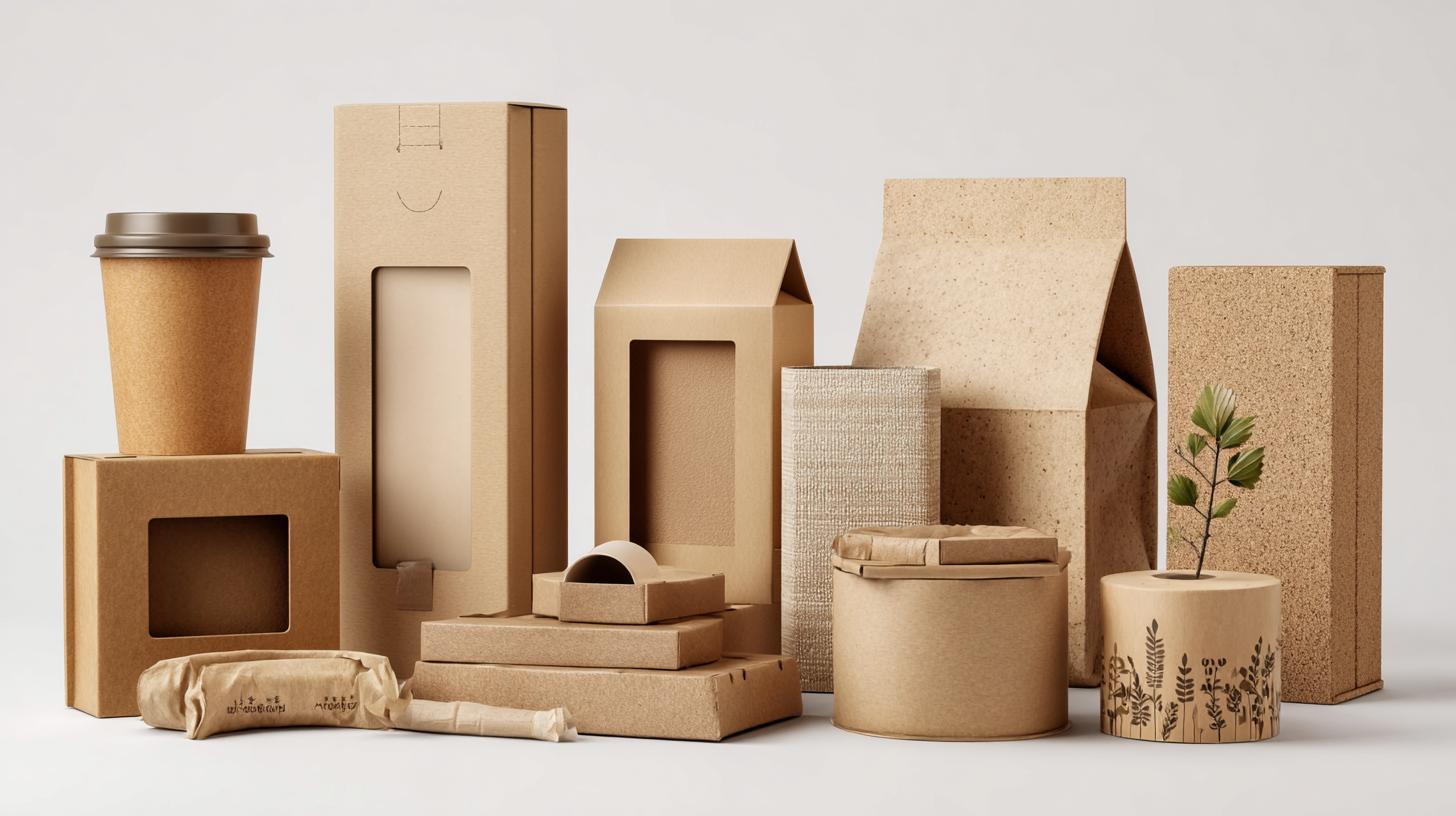
The Rising Demand for Sustainable Packaging: Market Insights and Statistics
The growing awareness around environmental issues is significantly driving the demand for sustainable packaging solutions. The global sustainable packaging market is increasingly influenced by regulatory shifts and heightened consumer eco-awareness, which are leading businesses to adopt greener practices. As illustrated in recent studies, the global paper packaging market is projected to reach USD 566.67 billion by 2033, with the rise attributed to innovations in paper-based materials and the booming e-commerce sector. This shift not only reflects consumer preferences but also underlines the importance of sustainable practices in business operations.

Moreover, the compostable packaging films market, valued at USD 10.2 billion in 2024, is set to see substantial growth as companies and consumers alike shift towards more environmentally friendly options. The global AI in packaging market is also expected to almost double, growing from $2.84 billion in 2025 to $6.89 billion by 2032, indicating a significant trend towards technology-enhanced sustainable packaging solutions. These statistics not only highlight the robust market potential but also signify a vital transformation in how businesses approach packaging in alignment with sustainability goals.
Key Materials for Eco-Friendly Packaging: An Overview of Sustainable Options
Sustainable packaging
is essential for eco-friendly businesses looking to reduce their environmental footprint. Key materials for eco-friendly packaging include biodegradable options, recycled paper, and glass. Using these materials not only minimizes waste but also appeals to consumers increasingly concerned about sustainability. The biodegradable packaging market is projected to reach $178 billion by 2033, illustrating a robust growth driven by innovative solutions.
When selecting packaging materials, businesses should consider incorporating reusable options as part of their strategy. Rigid packaging, often made from sustainable resources, can be designed for multiple uses, reducing overall consumption. Moreover, utilizing wood and metal offers durability while maintaining eco-friendliness.
Tips: Start by evaluating your current packaging supply chain and identify areas for improvement. Collaborate with suppliers who prioritize sustainable practices, and don't hesitate to educate your consumers about the environmental benefits of your packaging choices. Lastly, keep an eye on evolving regulations and consumer expectations regarding sustainable packaging to ensure your business remains compliant and competitive.
Innovative Design Strategies for Reducing Waste in Packaging
The demand for sustainable packaging has never been higher, particularly in the pharmaceutical industry, where the market is projected to reach significant growth figures in the coming years. According to recent market analyses, the sustainable pharmaceutical packaging market is expected to expand rapidly as companies shift towards more eco-friendly materials, including paper, glass, and biodegradable plastics. This transition is driven by tightening regulations and increasing consumer awareness regarding environmental impacts, with a notable rise in innovative packaging solutions that not only reduce waste but also enhance product safety.
Innovative design strategies are essential for businesses aiming to minimize waste in their packaging processes. Utilizing recyclable materials and optimizing package sizes can lead to substantial reductions in waste. For instance, market reports indicate that over 70% of cosmetic brands are integrating sustainable packaging solutions to align with consumer preferences. This trend is reflective of a broader movement within various sectors that emphasize waste reduction as a core principle. Companies are also adopting circular supply chain practices, which contribute further to waste minimization and resource efficiency, aligning their operations with the goals of the EU's Packaging and Packaging Waste Regulation (PPWR).
The Impact of Sustainable Packaging Materials on Waste Reduction
Cost vs. Environmental Impact: The Economics of Sustainable Packaging Solutions
As businesses increasingly prioritize sustainability, the economic implications of adopting eco-friendly packaging solutions come under scrutiny. The initial cost of sustainable packaging materials often presents a challenge for companies looking to balance their budgets while committing to environmental stewardship. However, it's crucial to examine the long-term benefits that these materials can provide. Sustainable packaging typically reduces waste, minimizes carbon footprints, and can enhance brand loyalty among eco-conscious consumers. Over time, these factors can translate into significant cost savings and improved market positioning.
Moreover, investing in sustainable packaging can lead to innovative solutions that further bolster a company’s bottom line. For instance, many eco-friendly materials are designed to be more efficient in terms of production and distribution, reducing overall resource consumption. Additionally, businesses can benefit from tax incentives and grant opportunities aimed at promoting sustainability. Ultimately, while the upfront investment in sustainable packaging may appear daunting, the economic advantages combined with the positive environmental impact can create a compelling case for businesses to make the switch.
Case Studies: Successful Eco-Friendly Brands and Their Packaging Choices
In the world of sustainable packaging, numerous eco-friendly brands are leading the charge with innovative choices that align with their values and resonate with conscious consumers. For instance, brands like Uncommon Goods have embraced 100% recycled materials for their packaging, which not only reduces waste but also appeals to environmentally aware customers. According to a 2021 report from Smithers, the global market for sustainable packaging is projected to reach $700 billion by 2027, emphasizing the growing consumer demand for eco-friendly options.
Another exemplary case is Coca-Cola's initiative to utilize plant-based plastics, which reduces their reliance on fossil fuels. Their commitment to sustainability is underscored by their pledge to make every one of their packaging recyclable by 2025. A 2020 survey by the Hartman Group found that 66% of consumers are willing to pay more for sustainable packaging, reinforcing the idea that forward-thinking companies not only contribute positively to the environment but also enhance their market viability. As these brands demonstrate, sustainable packaging choices can serve as a significant differentiator in a crowded marketplace.

Related Posts
-
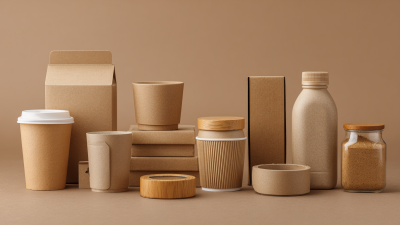
The Ultimate Guide to Choosing Eco Friendly Packaging Supplies for Your Business
-
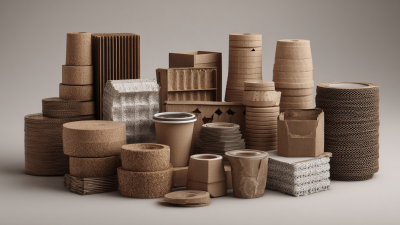
Innovative Packaging Materials Transforming Sustainability in the Modern Age
-
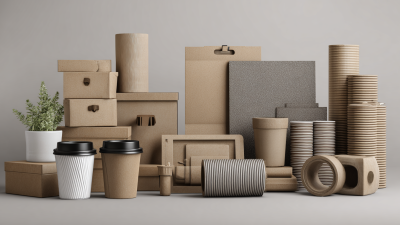
Exploring Eco-Friendly Packaging Materials: A Sustainable Shift in Modern Supply Chains
-

The Future of Sustainability in Carton Packaging Techniques and Innovations
-
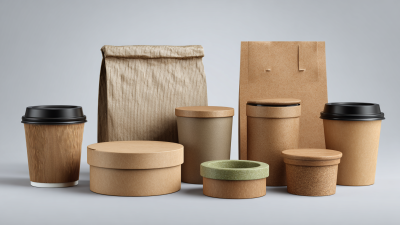
The Evolution of Ecofriendly Packaging Materials for Sustainable Living
-

Transforming Sustainability in Food Packaging: How Eco-Friendly Materials are Reshaping Consumer Choices
